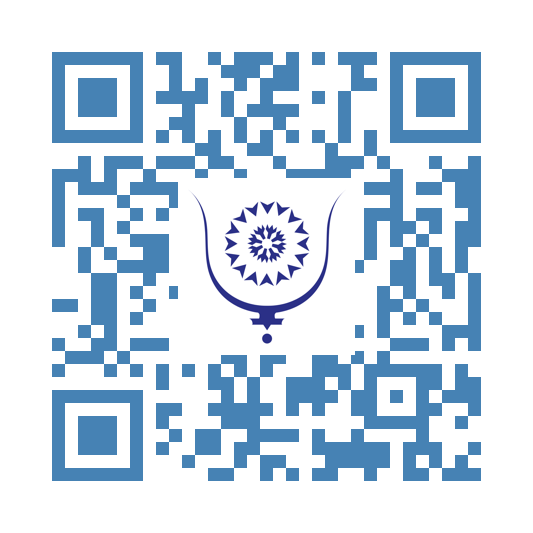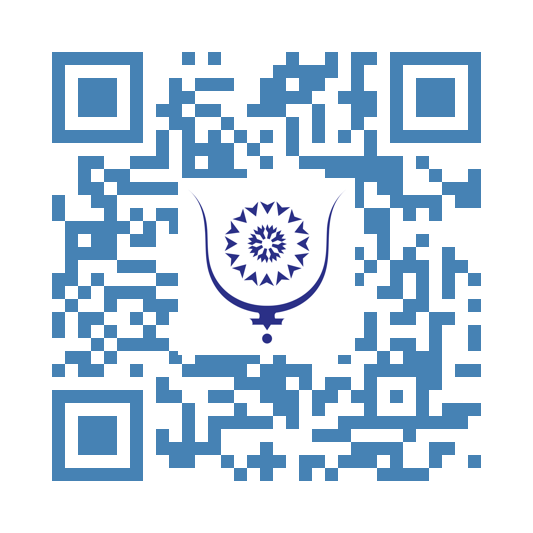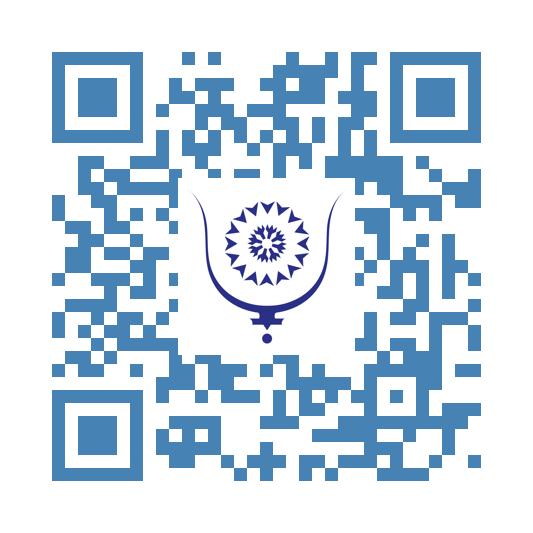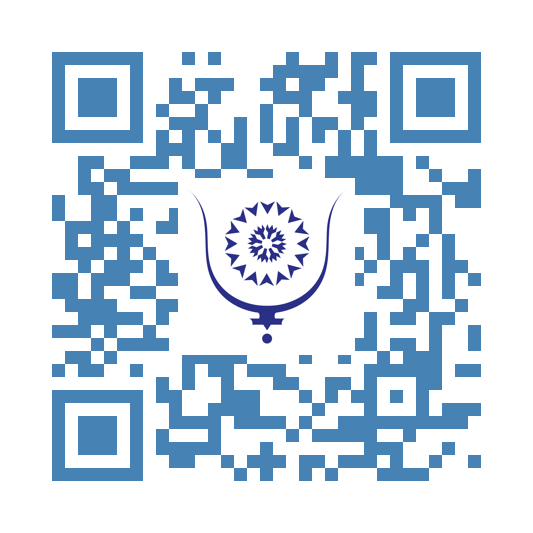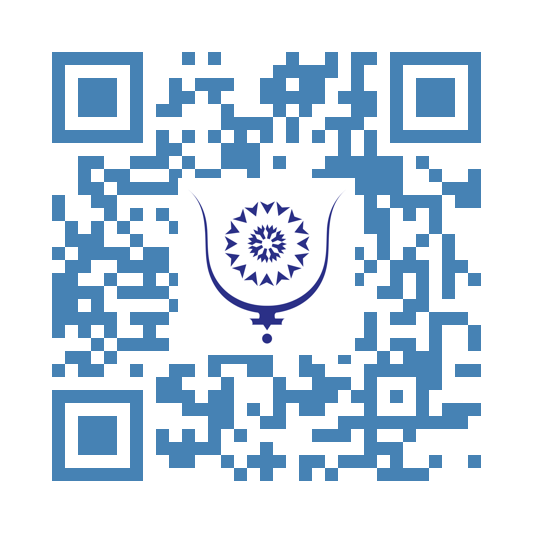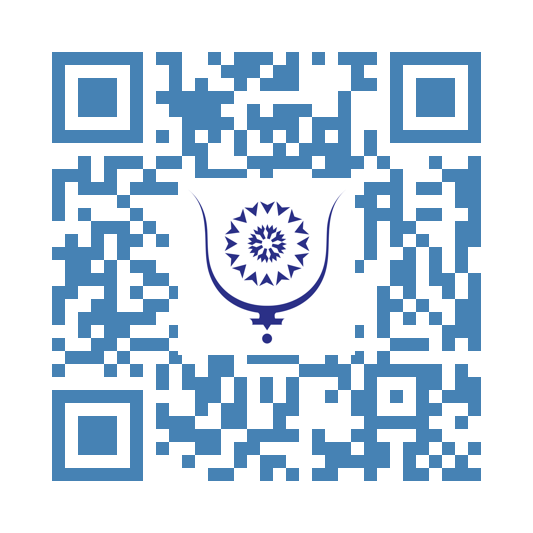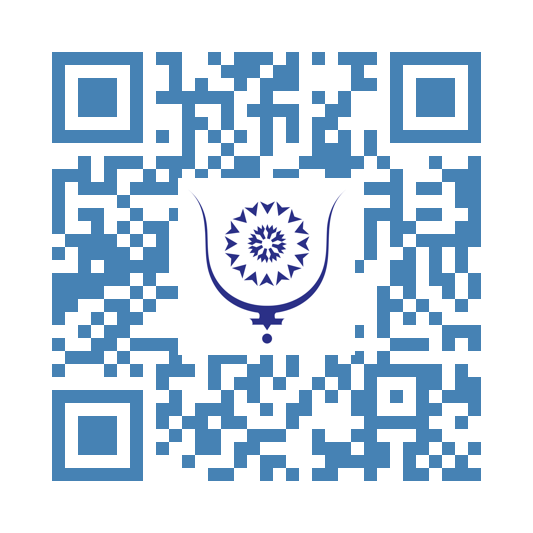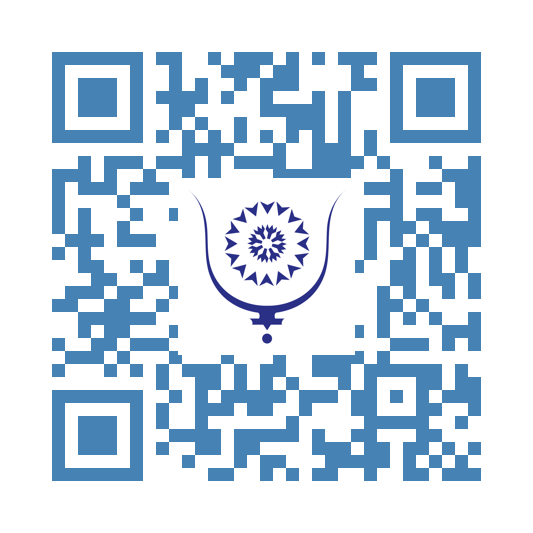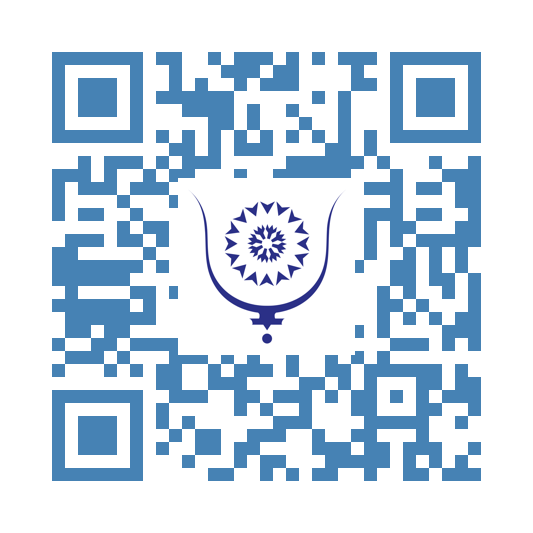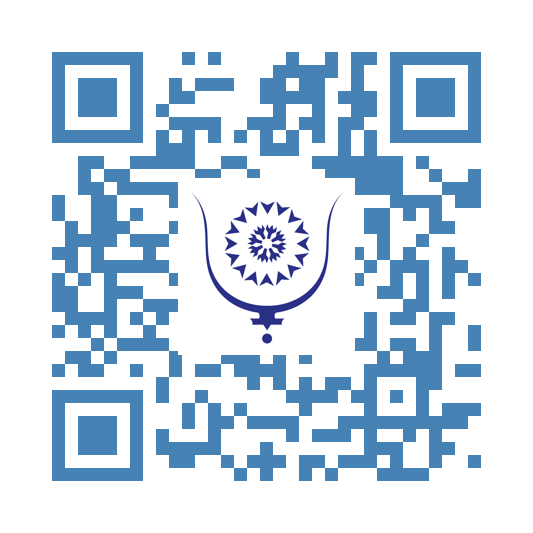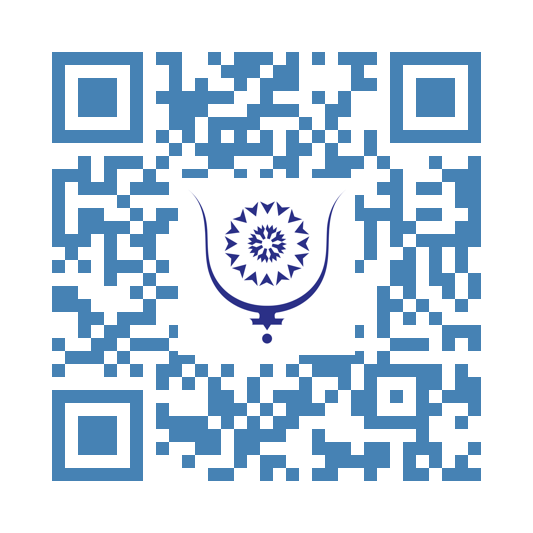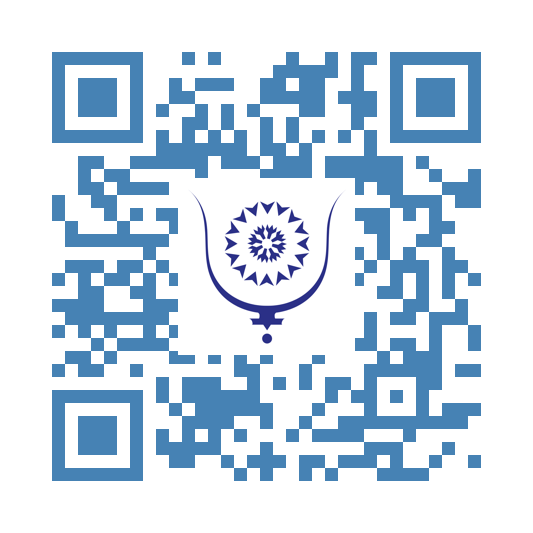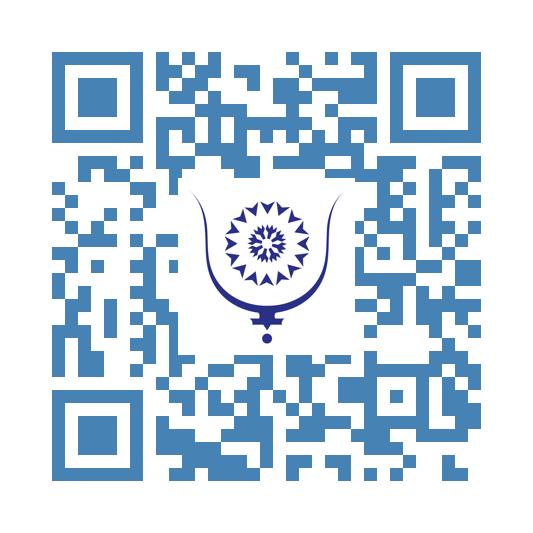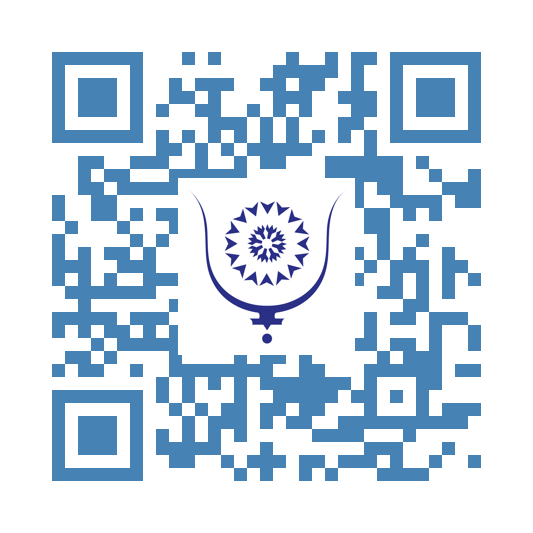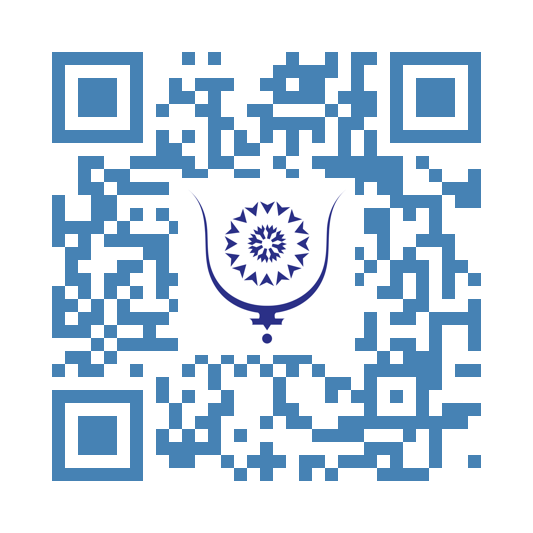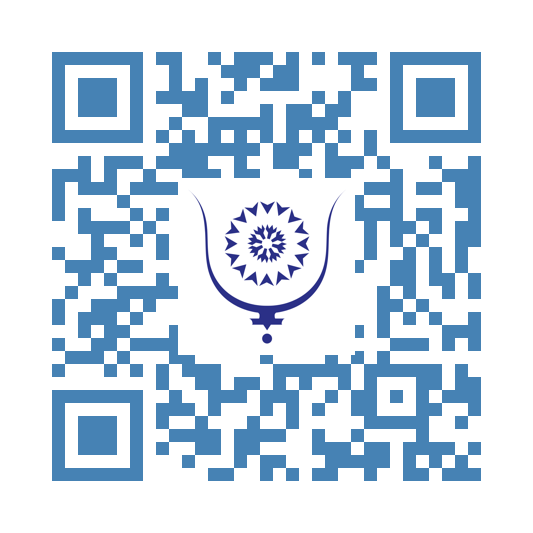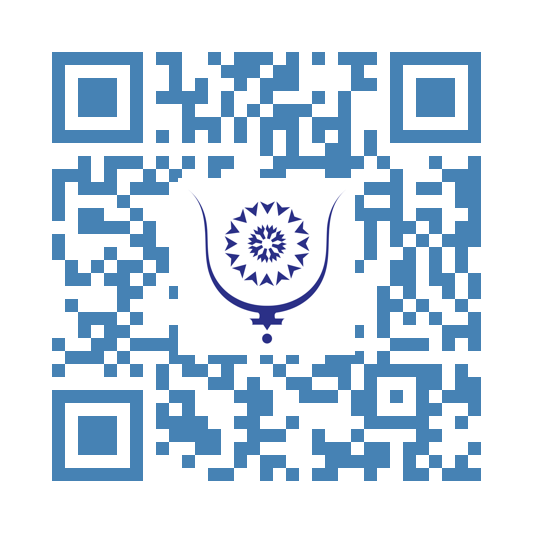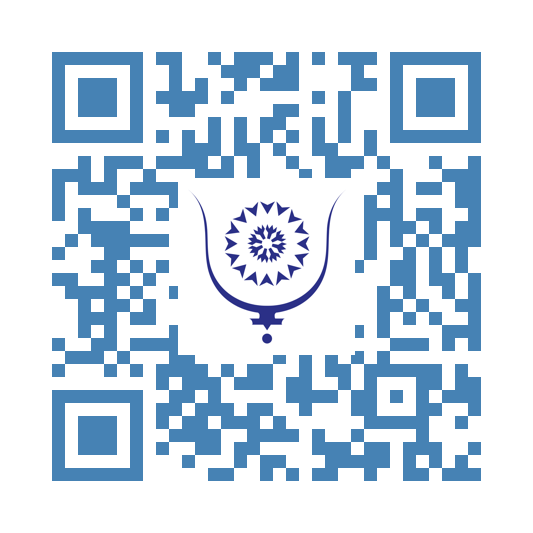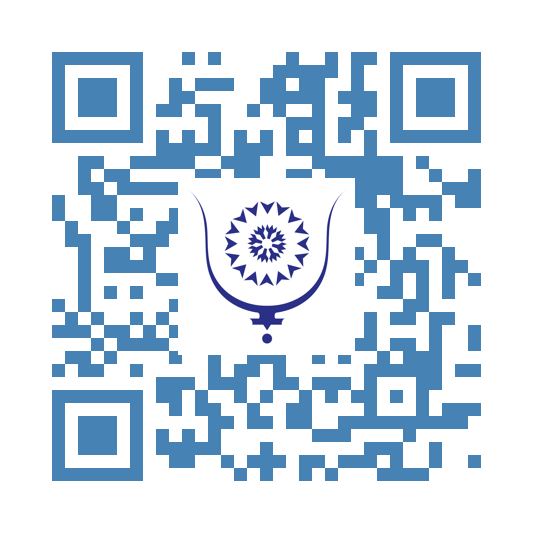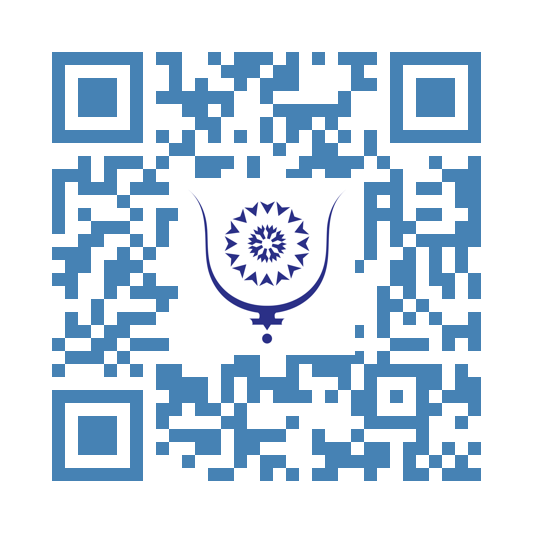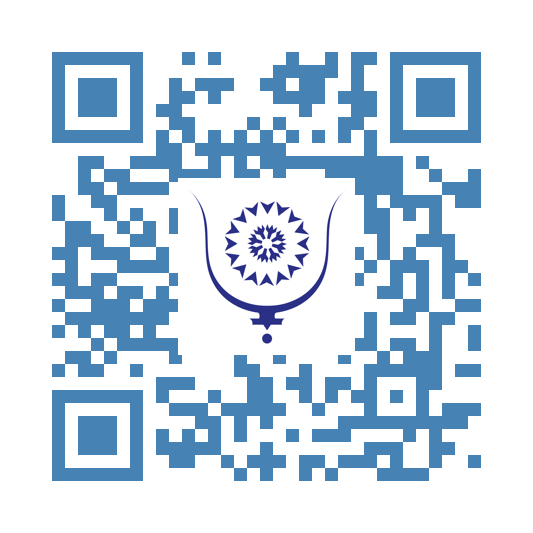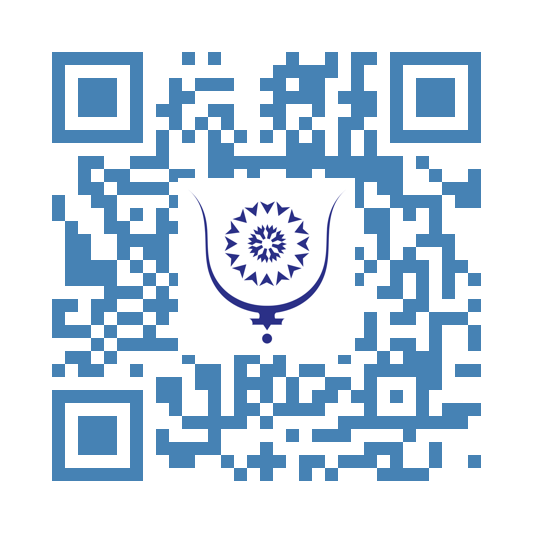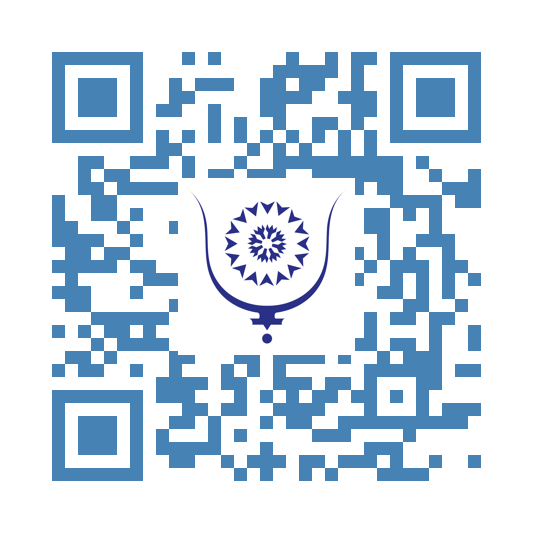Skip the noise. Inside Bluwr’s Discord, you’ll connect with real writers who give precise, helpful advice: so every piece you post gets better, faster.

Got My First Project and Immediately Stumbled over a Pebble (a Little Story of My Personal Experience) 4345
Read This Blog and You Will Become an AUTHOR 4796
Unlocking the Gaps in Soccer: Bridging Player Identification, Pedagogy, Andragogy, and the Player-Centered Approach 4422
AI Is Eroding The Art Of Writing 5399
We cannot guarantee what's on the other side of this link:
https://medium.com/@anasbedr/ai-is-eroding-the-art-of-writing-be9bacf23d9d
How Many Scorpions Do You Need To Make $100,000 Annually? 5721
We cannot guarantee what's on the other side of this link:
How Writing on Bluwr Improved My Memory and Mental Health 4649
Emotional Evolution of Artificial Intelligence 4818
10 Timeless Tips From Marcus Aurelius To Improve Your Life in 2024 4453
God surely forgives lies for a good cause Part 1 4636
God certainly forgives lying for a good cause. Part 2 4421
I Saw Aicha Kandisha, And I Am Cursed To Never Forget 5801
We cannot guarantee what's on the other side of this link:
https://medium.com/entropies/i-saw-aicha-kandisha-and-i-am-cursed-to-never-forget-34da199284db
How My Cat is Enhancing My PhD Experience 4724
Cuteness With a Bite: The Slow Loris 4476
Accelerating Team Human 4984
We cannot guarantee what's on the other side of this link:
The greatest error I made as a creator was assuming I already had an audience. 4979
Publishing Experience: Connecting Research and Communities 5064
We cannot guarantee what's on the other side of this link:
Mother tongue in education: a development imperative... 4448
Everyone nowadays claims to be an AI expert, a concerning reality! 4612
Is daily posting on LinkedIn a waste of time? What should you do instead? 4916
We cannot guarantee what's on the other side of this link:
Strategic Shift from Daily LinkedIn Posts to Thoughtful Writing on Bluwr 4537
Crosscountry World Championships: Africa dominates without question... 4748
13th african games: exceptional results in athletics 4559
We cannot guarantee what's on the other side of this link:
Do we still have the luxury of not using artificial intelligence? 4679
We cannot guarantee what's on the other side of this link:
Human Writing VS AI Writing 4858
Rethinking Productivity in PhD Studies for Better Results 4899
PhD Balance Achieving Expertise and Broad Perspectives 4896
[Meditation #1 ] Wake up 4987
We cannot guarantee what's on the other side of this link:
https://drive.google.com/file/d/1xzdKVR-Ra83Hlt17ln7Ko1aPELstNwT2/view?usp=sharing
13th All Africa Games, athletics ends in apotheosis 4696
What Led to More Specialists Than Philosophers in Academia? A PhD Student’s Perspective 4717
ABOUT ME 4531
We cannot guarantee what's on the other side of this link:
